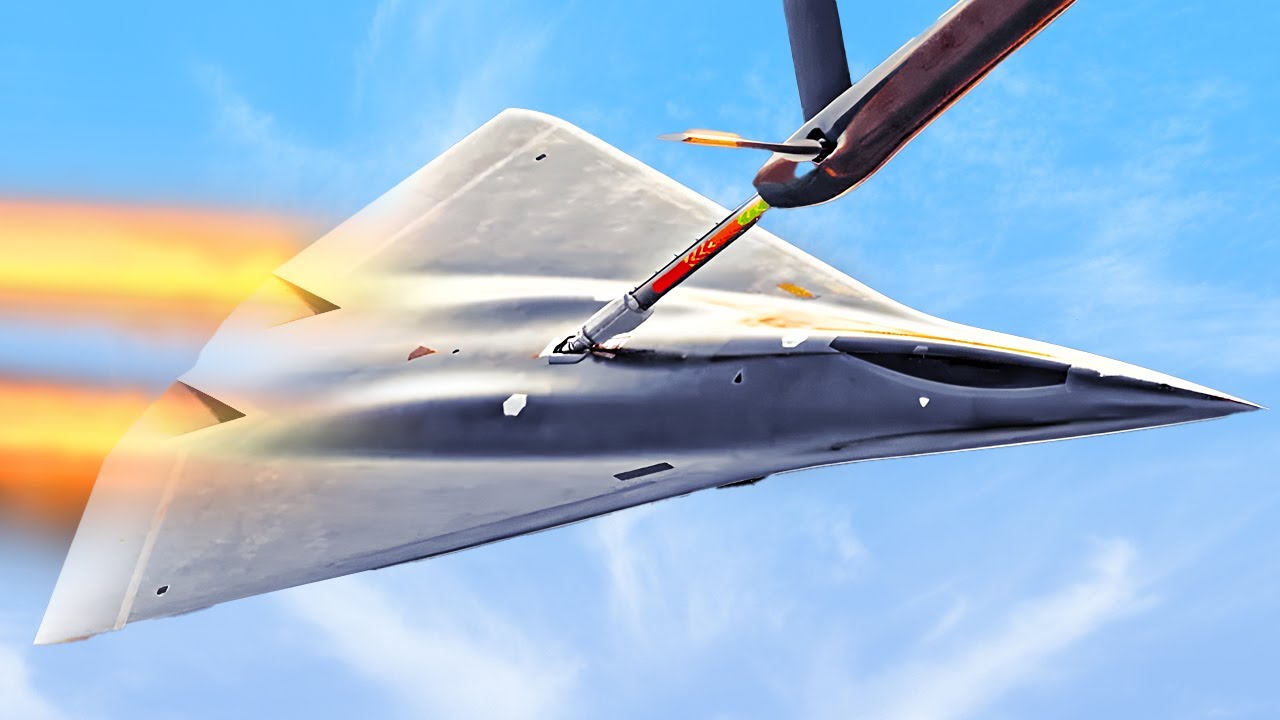The U.S. Air Force's 6th Generation NGAD Fighter Is Not What You Think

Summary and Key Points: The U.S. Air Force's Next Generation Air Dominance (NGAD) program aims to develop a sixth-generation fighter and a "family of systems" to maintain air superiority against rising threats, particularly from China. While budget constraints may delay its operational capacity, selecting a manufacturer by the end of this year is a significant step forward.

-NGAD will include advanced technologies and highly autonomous unmanned aerial vehicles (CCAs) to reduce costs and enhance capabilities.
-The high cost of NGAD, estimated to be three times that of the F-35, poses budget challenges, potentially impacting other Air Force programs.
Air Force's NGAD Program Advances Despite Financial Constraints
While the timeline of the U.S. Air Force’s Next Generation Air Dominance (NGAD) program remains in question, its manufacturer is expected to be chosen by the end of this year.
The upcoming sixth-generation fighter program is being designed as what is called a “family of systems,” and NGAD is a priority for the service in light of the growing threat posed by the People’s Republic of China. But recently revealed budgetary constraints suggest the sixth-generation platform might not reach operational capacity for quite some time.
In that context, the Air Force’s selection of a developer is a step in the right direction.
What is NGAD? Not What You Think It Is
The manned NGAD aircraft is being conceptualized to ensure American air superiority as adversaries race to produce their own next-generation platforms. The F-22 Raptor was the world’s first fifth-generation aircraft when it was introduced in the early 2000s. Now that Beijing and Moscow possess their own fleets of near-peer jets, the Air Force must produce its NGAD system as quickly as possible.

Derived from DARPA’s Air Dominance study, NGAD will incorporate an array of sophisticated technologies, with a particular focus on propulsion, stealth, and advanced weapons. NGAD will center on sixth-generation fighters accompanied by highly autonomous unmanned aerial vehicles. Dubbed Collaborative Combat Aircraft, these advanced drones will be able to carry out surveillance, test enemy air defenses, and extend command and control under human direction while serving in a “loyal wingmen” capacity.
CCAs a Gamechanger for NGAD
The incorporation of CCAs is also essential to keeping NGAD’s overall budget down. Since these UAVs are much cheaper to produce than sixth-generation fighters, the Air Force would theoretically be able to build swarms of them. In fact, the service previously detailed that it plans to procure at least 1,000 CCAs, which would certainly come in handy if an all-out war with China were to take place. The PRC’s military apparatus is larger than America’s, making the need for high numbers of CCAs even more essential.
As detailed by Defense Scoop, “The extra mass provided by CCAs specifically developed for high-end fights will also help the Air Force in establishing air superiority, reducing any capability gap caused by a lack of operational F-22s.” Additionally, since the drones are being designed to synergize with the Air Force’s sixth- and fifth-generation aircraft, it has been cautioned that budget-driven actions like not purchasing enough F-35 Lightning II fifth-generation jets and delaying the NGAD “risk cutting the legs out from under the case for CCA.”
High Costs Could Postpone NGAD’s Arrival
Each NGAD sixth-generation jet is projected to cost roughly three times the price of an F-35. The price tag is even more significant given the Air Force is simultaneously trying to build up its fleet of Lightning IIs. The service is also focused on developing its next-generation stealth bomber, the B-21 Raider, which is also a costly feat. Budget crunches could hamper any of the Air Force’s upcoming programs, including NGAD.

In order to prevent a gap in capability, the Air Force no longer appears to be fast-tracking the retirement of its remaining F-22 Raptors. While many analysts consider NGAD the eventual replacement for the Raptor, Air Force officials have recently insisted that the upcoming sixth-generation platform is being designed to fly alongside its fifth-generation counterparts – both the Raptor and the Lightning II.
About the Author: Maya Carlin, Defense Expert
Maya Carlin, National Security Writer with The National Interest, is an analyst with the Center for Security Policy and a former Anna Sobol Levy Fellow at IDC Herzliya in Israel. She has by-lines in many publications, including The National Interest, Jerusalem Post, and Times of Israel. You can follow her on Twitter: @MayaCarlin.
All images are Creative Commons and/or Shutterstock.
